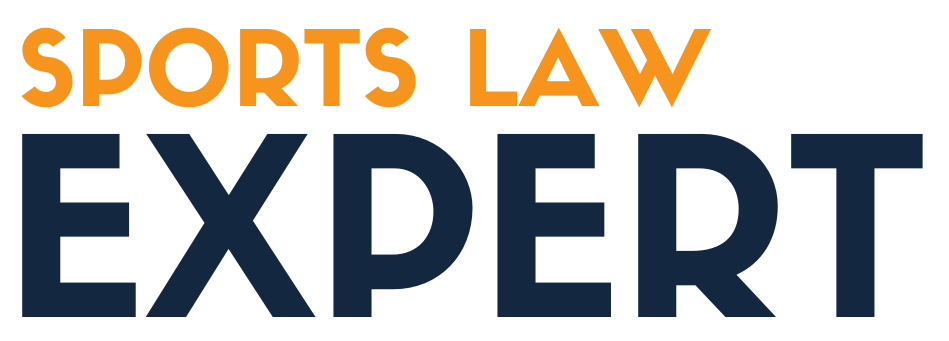An Interview with Sports Law Expert Peter Carfagna About the State of Collegiate Athletics

Harvard Law Today recently interviewed sports law professor Peter Carfagna about the state of collegiate athletics.
Among the questions was this one, and his answer: “Beyond NCAA enforcement action, it’s hard not to notice a considerable amount of open court cases regarding these rules and rights. Can you walk me through some of the ongoing litigation?
“Well Carter v. NCAA is a case with the potential to end the college amateurism status quo once and for all, it’s a direct challenge to the NCAA rules against paying college athletes to play sports. The famous class action attorney Jeffrey Kessler, who filed Carter and is co-counsel on the case, will be participating on a panel at the upcoming Sports Law Symposium on April 16 hosted by the Harvard Committee on Sports & Entertainment Law. Jeffrey was one of the lead lawyers in the Alston case as well, and has been at the forefront of the student athlete labor rights movement for decades.
“Another one of the most exciting ongoing cases, House v. NCAA, is seeking retroactive NIL compensation on behalf of former NCAA players. The plaintiffs’ attorney requested class action status for former student athletes who weren’t allowed to have NIL going as far back as the statute of limitations would allow. And not only did the judge, [Chief District Court Judge] Claudia Wilken who previously presided over both Alston and O’Bannon, certify the classes, she has additionally said those athletes are entitled to their fair share of the media revenue! According to the expert opinion accepted by the Court, media rights in House would approximate 10% of all media revenue. That’s a damages claim in excess of $1 billion, which could be trebled — that is, tripled — under antitrust law. So, that’s an ongoing multi-billion-dollar lawsuit with wild implications.

Peter Carfagna
“Another recent case, State of Ohio v. NCAA, involves NCAA transfer portal restrictions. In light of all these rules collapsing under the weight of antitrust challenges, the NCAA also adopted new rules allowing Division I athletes to transfer schools without losing a year of eligibility. The only thing they held onto was, if you want to transfer more than once without losing eligibility, you need a waiver from the NCAA. So, that rule was challenged by a class of at least ten state attorneys general and now the [U.S.] Department of Justice has joined the suit against the NCAA. After the judge issued a TRO [temporary restraining order] against the NCAA transfer limits rules, the NCAA came back and consented to a preliminary injunction extending their suspension until the end of the spring 2024 semester.
“Meanwhile, general counsel of the NLRB [National Labor Relations Board] Jennifer Abruzzo is arguing student athletes are employees in an official complaint she filed last May. There’s the Johnson [v. NCAA] case too, a Third Circuit case still under appeal brought on the basis of the Fair Labor Standards Act. The argument in Johnson is similar to the NLRB complaint, but on different grounds, asking if the student athletes are really employees, then shouldn’t they have been paid at least minimum wage, not just the cost of attending school?
“So, between House v. NCAA over retroactive NIL/media revenues; Carter v. NCAA over pay to play; the NLRB complaint and Johnson v. NCAA case over employee status; State of Ohio v. NCAA over the transfer portal restrictions; and the Tennessee case, where the court has already enjoined the NCAA from enforcing its NIL restrictions — yeah, it seems like the emperor has no clothes.”
The full interview can be found here: https://hls.harvard.edu/today/peter-carfagna-on-the-state-of-the-ncaa-nil-and-amateurism/
